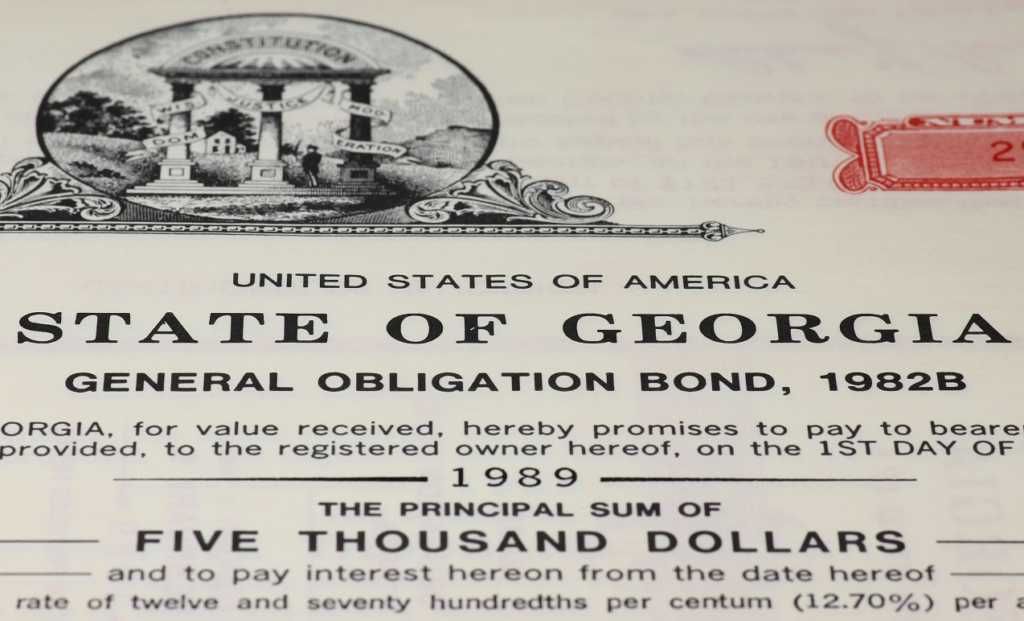How To Find Current Market Price Of A Bond
What is Bond Pricing?
Bail pricing is an empirical affair in the field of fiscal instruments . The cost of a bond depends on several characteristics inherent in every bond issued. These characteristics are:
- Coupon, or lack thereof
- Principal/par value
- Yield to maturity
- Periods to maturity
Alternatively, if the bond price and all but one of the characteristics are known, the last missing characteristic can exist solved for.

Bond Pricing: Coupons
A bond may or may non come with attached coupons. A coupon is stated as a nominal pct of the par value (principal amount) of the bail. Each coupon is redeemable per period for that pct. For example, a 10% coupon on a $1000 par bond is redeemable each period.
A bond may too come with no coupon. In this example, the bond is known as a nix-coupon bond. Zero-coupon bonds are typically priced lower than bonds with coupons.
Bond Pricing: Principal/Par Value
Each bond must come with a par value that is repaid at maturity. Without the principal value, a bail would have no use. The chief value is to be repaid to the lender (the bail purchaser) by the borrower (the bond issuer). A nix-coupon bond pays no coupons just will guarantee the principal at maturity. Purchasers of zippo-coupon bonds earn interest by the bond being sold at a discount to its par value.
A coupon-begetting bond pays coupons each menses, and a coupon plus principal at maturity. The price of a bail comprises all these payments discounted at the yield to maturity.
Bond Pricing: Yield to Maturity
Bonds are priced to yield a certain return to investors. A bail that sells at a premium (where toll is above par value) volition have a yield to maturity that is lower than the coupon rate. Alternatively, the causality of the relationship betwixt yield to maturity and price may be reversed. A bond could be sold at a higher price if the intended yield (market interest rate) is lower than the coupon rate. This is because the bondholder volition receive coupon payments that are higher than the market place interest rate, and will, therefore, pay a premium for the deviation.
Bond Pricing: Periods to Maturity
Bonds will accept a number of periods to maturity. These are typically annual periods, but may also be semi-annual or quarterly. The number of periods will equal the number of coupon payments.
The Time Value of Money
Bonds are priced based on the time value of money. Each payment is discounted to the current time based on the yield to maturity (market interest rate). The toll of a bond is usually found by:
P(T0) = [PMT(T1) / (ane + r)^1] + [PMT(T2) / (i + r)^2] … [(PMT(Tn) + FV) / (1 + r)^due north]
Where:
- P(T0) = Toll at Time 0
- PMT(Tn) = Coupon Payment at Fourth dimension N
- FV = Future Value, Par Value, Principal Value
- R = Yield to Maturity, Market Involvement Rates
- N = Number of Periods
Bond Pricing: Main Characteristics
Ceteris paribus, all else held equal:
- A bond with a higher coupon charge per unit will be priced higher
- A bail with a higher par value volition exist priced higher
- A bond with a higher number of periods to maturity will be priced higher
- A bail with a higher yield to maturity or marketplace rates will exist priced lower
An easier way to call back this is that bonds will be priced college for all characteristics, except for yield to maturity. A college yield to maturity results in lower bail pricing.
Bond Pricing: Other "Soft" Characteristics
The empirical characteristics outlined above affect bond problems, especially in the master market. There are other, even so, bail characteristics that can affect bail pricing, specially in the secondary markets. These are:
- Creditworthiness of issuing firm
- Liquidity of bond trade
- Time to next payment
House Creditworthiness
Bonds are rated based on the creditworthiness of the issuing firm. These ratings range from AAA to D . Bonds rated college than A are typically known equally investment-grade bonds, whereas annihilation lower is colloquially known equally junk bonds.
Junk bonds volition require a higher yield to maturity to compensate for their higher credit chance. Because of this, junk bonds trade at a lower price than investment-grade bonds.
Bail Liquidity
Bonds that are more widely traded will be more valuable than bonds that are sparsely traded. Intuitively, an investor will be wary of purchasing a bail that would be harder to sell later. This drives prices of illiquid bonds downward.
Time To Payment
Finally, time to the next coupon payment affects the "bodily" toll of a bond. This is a more complex bond pricing theory, known as 'muddy' pricing. Dingy pricing takes into account the interest that accrues betwixt coupon payments. As the payments get closer, a bondholder has to await less fourth dimension earlier receiving his next payment. This drives prices steadily higher before it drops again correct afterward coupon payment.
Additional Resources
Give thanks you for reading CFI's guide on Bond Pricing. To keep learning and developing your knowledge of financial analysis, nosotros highly recommend the additional CFI resources below:
- Fixed Income Trading
- Bond Terms
- Debt Capital Markets
- Debt Schedule
How To Find Current Market Price Of A Bond,
Source: https://corporatefinanceinstitute.com/resources/knowledge/trading-investing/bond-pricing/
Posted by: haysaidd1989.blogspot.com


0 Response to "How To Find Current Market Price Of A Bond"
Post a Comment